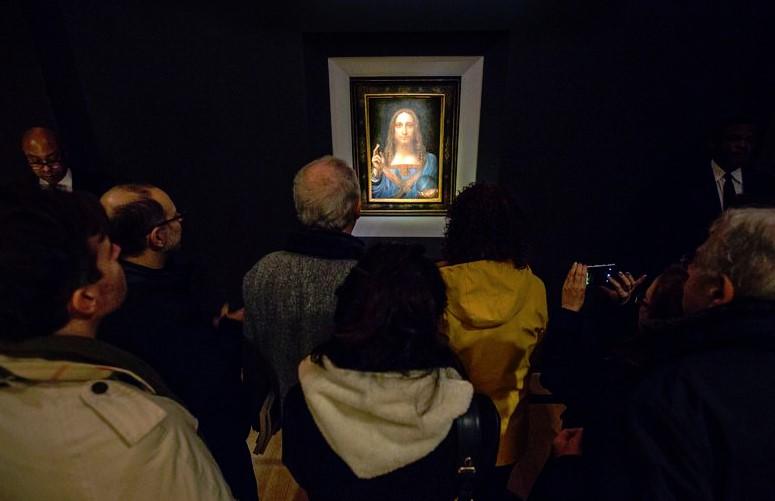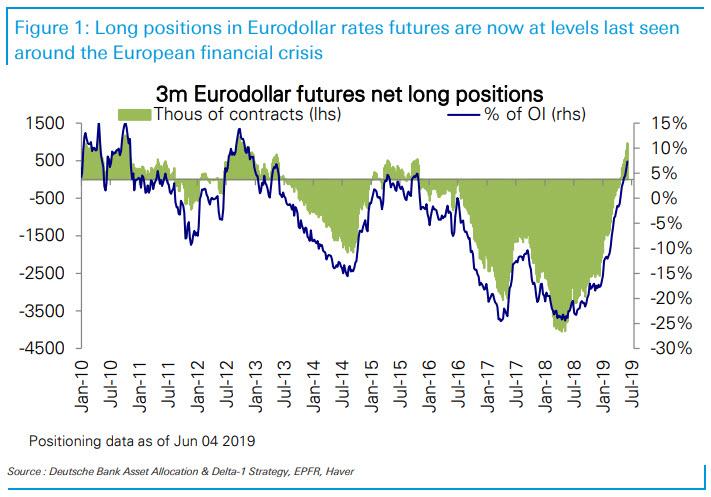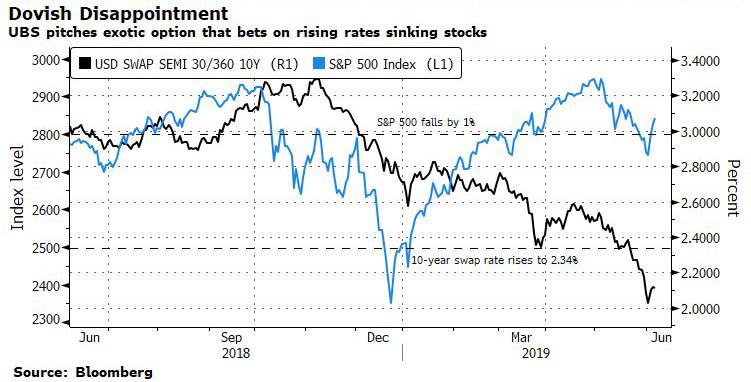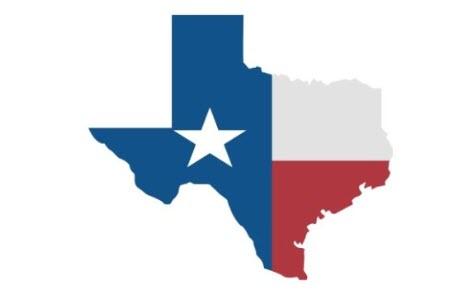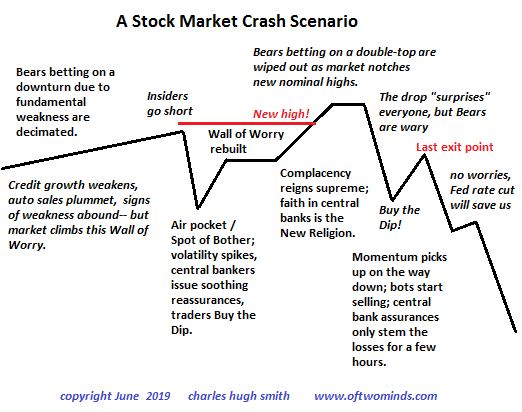The next day, the court described Stephenson’s head scarf more fully as follows: “It covers her face and head with the exception of her [face] from her hairline down to her right cheek. Her right eye is visible and her side of her nose is visible at times. It otherwise covers her lower jaw area on the right side, her mouth, and it covers almost the entire left side of her face. It’s tight against her face. You can see clearly the outline of her face when she talks, her lips. She is speaking clearly under questioning by counsel. Her body language is apparent to the jurors. I’ll describe her dress as no different as if a male had a full face beard with the exception that you would not be able to see her left eye and her nose in the manner in which she currently appears.”
The court stated that it had considered the authorities that counsel had submitted on the confrontation clause question, then informed counsel of its tentative ruling to allow Stephenson to testify while wearing the head scarf. The court explained: “The court finds that on balance, recognizing the important interests in this case as discussed is the religious protection and freedom of the witness in this case. I have no reason to inquire further or allow further inquiry when she states that her appearance in court today is because of a religious reason. It’s not for this court to question as to whether her interest is genuine or not. I accept her representations that she is wearing the head scarf for religious purposes in court….
“I recognize that there is an intrusion with the right to confrontation. The jurors, counsel can[ ]not see the entirety of the witness’s face in the manner in which I’ve described. However, the intrusion and interference with the right to confrontation is a minimal intrusion. The jurors are quite clearly able to hear her voice, see her facial expressions even through the head scarf …. [T]he head scarf that was worn yesterday was tightly worn against the face where you could see the outline of her lips when her mouth was opening, the expression of her face to some extent. Her body language is clear and apparent to the jurors. And while I recognize that there’s probably two-thirds of her face that’s not visible, I do find that on balance, the interest of the religious freedom and rights of the … witness in this case as compared to the rights of confrontation as to both defendants are minimally diminished by the appearance of the witness in court today.” …
[But t]he court and Stephenson then engaged in the following colloquy outside the presence of the jury:
“The court: Ms. Stephenson, yesterday we had a brief conversation in regards to your head dress and head scarf. Today you have both eyes exposed. Your nose is not exposed. The manner in which you’re wearing your head scarf, are you able to move and expose any more of your face?
“[Stephenson]: If you need to see my nose, that’s fine.
“The court: And is there any religious reason as to why you can’t expose the remainder of your face?
“[Stephenson]: It’s to protect my beauty.
“The court: Okay. So the witness has pulled down the head scarf. Her nose is exposed, both eyes are exposed.” The court added that, with “the benefit of watching her testimony for about [10] minutes yesterday,” it believed that the manner in which Stephenson wore the scarf caused “a minimal negligible intrusion upon the Sixth Amendment right to confrontation.” The court then adopted its tentative ruling and the prosecutor resumed his examination of Stephenson. During the ensuing colloquy, Stephenson reiterated each of the substantive points she testified to the day before….
The Sixth Amendment provides the accused in a criminal prosecution with “the right … to be confronted with the witnesses against him.” This right … “‘provides two types of protections for a criminal defendant: [T]he right physically to face those who testify against him [or her], and the right to conduct cross-examination.'”
The right to a face-to-face meeting between accused and accuser follows from the confrontation clause’s “primary object”: “to prevent depositions or ex parte affidavits, such as were sometimes admitted in civil cases, being used against the prisoner in lieu of a personal examination and cross-examination of the witness in which the accused has an opportunity, not only of testing the recollection and sifting the conscience of the witness, but of compelling him to stand face to face with the jury in order that they may look at him, and judge by his demeanor upon the stand and the manner in which he gives his testimony whether he is worthy of belief.”
As this statement indicates, the face-to-face encounter implicit in the confrontation clause is not only between accuser and accused, but between accuser and jury. That encounter enables the jurors “‘to obtain the elusive and incommunicable evidence of a witness'[s] deportment while testifying'”; an ability, our Supreme Court has explained, that is “as important a component of the right of confrontation as the defendant’s opportunity to cross-examine the adverse witness.”
The ability of the defendant and counsel to observe the witness’s demeanor may also be critical for cross-examination. During cross-examination, counsel may, for example, notice that the witness appears comfortable or uncomfortable, hesitant or confident, indifferent or nervous; and such observations may “guide counsel in prodding, cajoling, and prying information from the witness to the benefit of the accused.”
Apart from the opportunity for jurors, defendants, and counsel to evaluate the witness’s demeanor, face-to-face confrontation also “enhances the accuracy of fact[ ]finding” because of its effect upon the witness. “It is always more difficult,” the high court has explained, “to tell a lie about a person ‘to his face’ than ‘behind his back.'”
Lastly, the requirement that prosecution witnesses testify face-to-face serves a “symbolic purpose.” There is, the high court has explained, “something deep in human nature that regards face-to-face confrontation between accused and accuser as ‘essential to a fair trial in a criminal prosecution.'” These “human feelings of what is necessary for fairness” not only explains why the phrase, “‘Look me in the eye and say that'” “has persisted,” but also why “the right of confrontation ‘contributes to the establishment of a system of criminal justice in which the perception as well as the reality of fairness prevails.'”
The right to a face-to-face confrontation is not satisfied by the mere physical presence of the witness in the courtroom. In Coy, supra, 487 U.S. 1012, for example, although the testifying witness and defendant were both present in the courtroom, the placement of a screen between the two constituted an “obvious” violation of the “right to a face-to-face encounter.” (Id. at p. 1029.) And in Herbert v. Superior Court (1981) 117 Cal.App.3d 661, the defendant’s confrontation right was denied because the court placed the defendant and his accuser in positions within the courtroom where the defendant could hear, but not see, the witness. (Id. at p. 671; see also People v. Murphy (2003) 107 Cal.App.4th 1150, 1157–1158 [placement of one-way glass that prevented witness from seeing defendant violated confrontation clause].)
Similarly, the defendant is deprived of a face-to-face encounter with a witness who testifies in court wearing a ski mask (People v. Sammons (1991) 191 Mich.App. 351 [478 N.W.2d 901] (Sammons)) or a disguise that conceals “almost all of [the witness’s] face from view” (Romero v. State (Tex.Crim.App. 2005) 173 S.W.3d 502, 503 (Romero)). Allowing the witness to use such a disguise would effectively “remove the ‘face’ from ‘face-to-face confrontation.'” (Id. at p. 506; see also U.S.v. Alimehmeti (S.D.N.Y. 2018) 284 F.Supp.3d 477, 489 [court rejected undercover officer’s use of disguise, “such as using a niqab” while testifying because it would compromise the jury’s ability to evaluate the credibility of the officer].)
Covering part of a witness’s face, however, does not necessarily implicate the confrontation clause. In U.S.v. de Jesus-Casteneda (9th Cir. 2013) 705 F.3d 1117 (de Jesus-Casteneda), the government requested that a confidential informant be permitted to wear a wig, sunglasses, and mustache “to ‘help disguise some of his features.'” (Id. at p. 1119.) After the defense objected, the witness was “‘permitted to testify while wearing a fake mustache and wig but no sunglasses; his eyes remained visible.'” (Ibid.) The trial court found that “the disguise was a ‘very small impingement … on the ability of the [jury] to judge [the informant’s] credibility.'” (Ibid.) The Ninth Circuit affirmed, holding that “the disguise in the form of a wig and mustache did not violate the [c]onfrontation [c]lause.” (Id. at p. 1121.)
[Footnote: In addition to de Jesus-Castaneda, the Attorney General relies on Morales v. Artuz (2d Cir. 2002) 281 F.3d 55. In that case, a New York state court allowed, over the defendant’s objections, a witness to testify while wearing “dark” sunglasses. On habeas review, the Second Circuit Court of Appeals rejected the defendant’s confrontation clause challenge, explaining that the “obscured view of the witness’s eyes … resulted in only a minimal impairment of the jurors’ opportunity to assess [the witness’s] credibility.” We do not necessarily agree with the Morales court’s conclusion.]
Here, the Attorney General argues that Stephenson’s wearing of her scarf did not deprive defendants of their confrontation rights because it “amounted to a minimal impairment of [defendants’] face-to-face confrontation rights.” As we explain below, we agree with the Attorney General as to Stephenson’s second day of testimony, and we need not decide whether defendants’ confrontation rights were violated during the first day of Stephenson’s testimony because any error that occurred was harmless beyond a reasonable doubt.
Prior to Stephenson’s second day of testimony, the court described Stephenson’s scarf as being white and “tight against her face,” which allowed the jurors, defendants, and counsel to “see clearly the outline of her face [and her lips] when she talks,” and to “see her facial expressions even through the head scarf.” The scarf thus appears to have been somewhat transparent. The jurors were also “quite clearly able to hear her voice,” the court stated, and her “body language [was] apparent to the jurors.” The court compared her scarf covering to a “full face beard” on a man’s face, “with the exception that you would not be able to see her left eye and her nose.” After discussion among the court, counsel, and Stephenson, Stephenson ultimately pulled down her scarf so that both eyes and her nose were exposed, thereby rendering the coverage no greater than that of a man’s full beard.
In light of the facts that Stephenson ultimately revealed her eyes and nose and that the scarf did not prevent others from seeing her lips and facial expressions through the scarf, it appears that the scarf did not prevent the trial participants from evaluating “‘the elusive and incommunicable evidence of a witness'[s] deportment while testifying,'” or from noticing whether the witness appears comfortable or uncomfortable, hesitant or confident, indifferent or nervou. The same ability to discern Stephenson’s facial expressions mitigates the concern that Stephenson would be more likely to “to tell a lie” about the defendants from behind a concealing mask or weaken the “symbolic purpose” of the confrontation clause. Because the purposes and salutary benefits of the face-to-face confrontation right were not meaningfully impaired by the nature of Stephenson’s scarf and the way she wore it on the second day of her testimony, we conclude that the defendants’ right to face-to-face confrontation was thereby not infringed.
The manner in which Stephenson wore her scarf on the first day of her testimony presents a more difficult issue. Her scarf, the court explained, “cover[ed] her entire face,” but for her right eye, which was “visible slightly, a portion of her nose, and a little bit of her left eye.” Because Stephenson’s scarf covered substantially more of her face on the first day of her testimony, the greater coverage arguably crossed the constitutional line that exists somewhere between the ski mask worn in Sammons, supra, 478 N.W.2d 901 and the disguise in Romero, supra, 173 S.W.3d 502, on one side, and the less concealing wig and fake mustache in de Jesus-Castaneda, supra, 705 F.3d 1117.
We need not, however, decide whether the scarf triggered the defendants’ confrontation clause rights, because even if it did, any error was harmless…. Stephenson’s testimony on the first day takes up nine pages of the reporter’s transcript, and according to the court, lasted only 10 minutes. She was not cross-examined and she was shown no exhibits. The second day, after Stephenson revealed enough of her face to avoid a violation of defendants’ confrontation rights, Stephenson’s testimony, including cross-examination, filled the morning session of the trial and most of the afternoon session, encompassing 112 pages of the reporter’s transcript…. [T]here are no material facts that Stephenson testified to on her first day of testimony that she did not repeat on her second day. Indeed, the second day began with the prosecutor and Stephenson effectively reviewing and reproducing Stephenson’s testimony from the day before. Under these circumstances, and based on our review of the entirety of Stephenson’s testimony, we are convinced beyond a reasonable doubt that, if Stephenson’s brief testimony on her first day of testifying violated defendants’ confrontation rights, the error was harmless.
[Footnote: The Supreme Court has explained that the face-to-face confrontation right is not absolute and “must occasionally give way to considerations of public policy and the necessities of the case.” This exception applies when the deprivation of the face-to-face encounter is “necessary to further an important public policy and only where the reliability of the testimony is otherwise assured.” Reliability is evaluated by considering the “combined effect of [four] elements of confrontation—physical presence, oath, cross-examination, and observation of demeanor by the trier of fact.” The Attorney General contends that this exception applies here because allowing Stephenson to wear her scarf was necessary to further the important public policy of respecting and accommodating witnesses’ religious beliefs. Because we resolve the issues in this case on other grounds, we do not reach this issue.]



